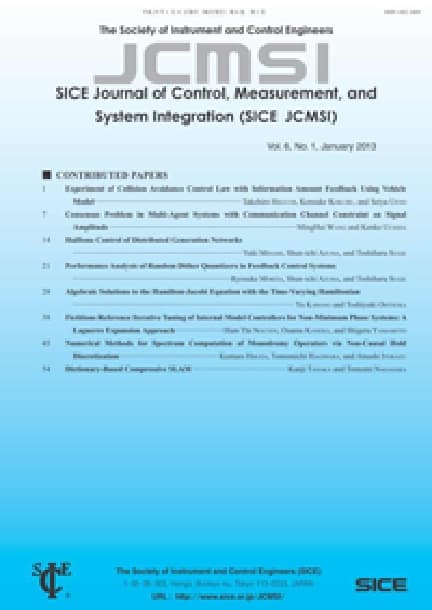Reconstruction of Object Surface from Multi-View Images Improved by Image Forces
Karolina NURZYNSKA, Mamoru KUBO, Ken-ichiro MURAMOTO
pp. 231-237
DOI:
10.9746/jcmsi.6.231Abstract
Currently available techniques for surface reconstruction from multi-view images require a large number of images in order to assure high surface resolution and precise detail reconstruction. Obtaining such big number of images in some cases is impossible; moreover, it may impose high preparation cost. Therefore, to address this drawback, a novel method is presented. This method is based on the visual hull approach. It assumes to be able to reconstruct three dimensional manifolds without edge from images, the number of necessary images should be as small as possible, and the quality of reconstructed mesh should be good. Applying this method for four images from a dino dataset proved the proposed method works well.









